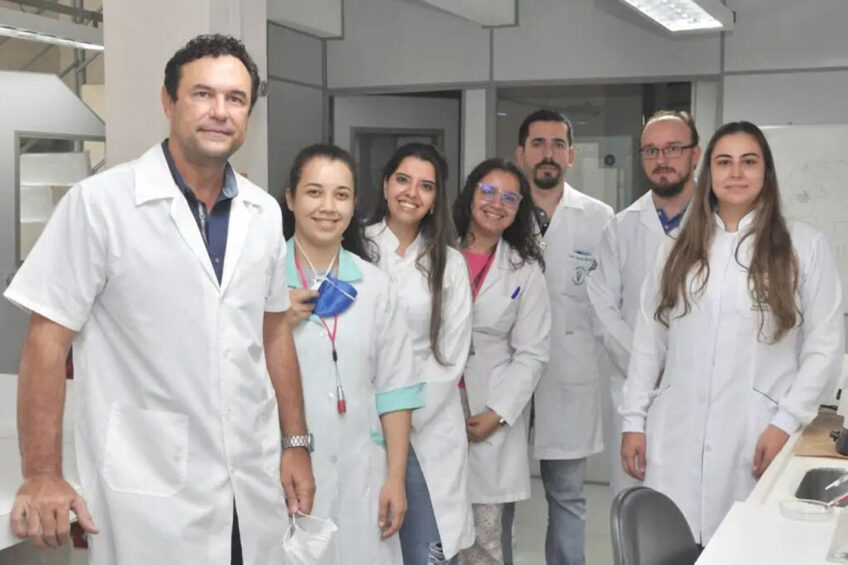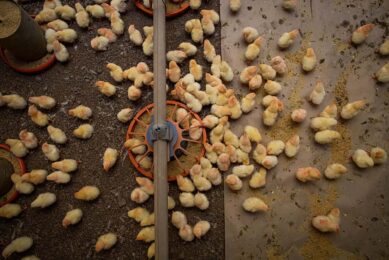Brazil develops vaccine for pig toxoplasmosis

Brazilian researchers have made significant progress in developing a vaccine against swine toxoplasmosis. The team claims it is the first in the world.
The medicine uses recombinant proteins, which is a method said to be effective and low risk. According to professor João Luís Garcia of the Department of Preventive Veterinary Medicine at the State University of Londrina, PR, Brazil, the development is the result of a long research process and gradual advances in knowledge around the globe.
Testing the vaccine in mice, then in pigs
Currently, the scientists are testing the DNA vaccine against swine toxoplasmosis in mice and the next phase will be the final one: testing in pigs.
Toxoplasmosis is a disease caused by the protozoan Toxoplasma gondii and affects several animal species, such as birds and mammals (cats, pigs, sheep, goats and horses), which can serve as vectors and transmit to humans.
“The most serious consequence, both for animals and for the sick human being, is abortion. In the case of humans, toxoplasmosis can leave a series of sequelae, such as deafness, hydrocephalus and mental deficiency,” he explains.
Epidemiological picture did not change
T. gondii was isolated for the first time in 1908, practically at the same time by French researchers in Tunisia and Brazilian researchers in São Paulo. When professor João Luís’ research began, back in the early 1980s, this was still the epidemiological picture of the disease.
4 decades ago, about 4 out of 10 pigs in Brazil were contaminated with toxoplasmosis oocysts (eggs) and there was no vaccine. Thus, investment was made in education and other forms of prevention. Due to that, tips on how to cook meat before eating it were disseminated and are still valid today.
Currently, only 4 out of 100 pigs carry some form of contamination. However, considering that a single individual can carry millions of oocysts, there is still sufficient reason to be alert. After all, pork is the most consumed meat in the world, and data from the Osvaldo Cruz Foundation state that about a third of the world’s human population is affected by the disease.
Background of vaccine development
The previous standard for those vaccines, called live vaccines, was that they used live micro-organisms capable of infecting, but incapable of generating the disease, only provoking the immune response.
In 1999, the first of many publications in the international journal
Veterinary Parasitology
initiated a series of advances in the researcher’s investigation. For instance, Toxovax, a vaccine against ovine and caprine toxoplasmosis, has been created and tested.
So, from live vaccines, vaccines based on proteins were developed. First, only 1 protein was selected. Then, recombinant proteins became more common, like the one developed at UEL.
Development of different types of vaccines
In 2008, the United Kingdom stimulated new studies for a vaccine that was not administered through the nose. In 2012, a new research was published on a vaccine for rectal application in cats. In 2017, another vaccine for cats hit the market, also using a recombinant protein technology. There have also been studies with viral vaccines, without a similar amount of success.
It is unclear when the vaccine will be available for commercial use.
Join 31,000+ subscribers
Subscribe to our newsletter to stay updated about all the need-to-know content in the poultry sector, three times a week. Beheer
Beheer











 WP Admin
WP Admin  Bewerk bericht
Bewerk bericht